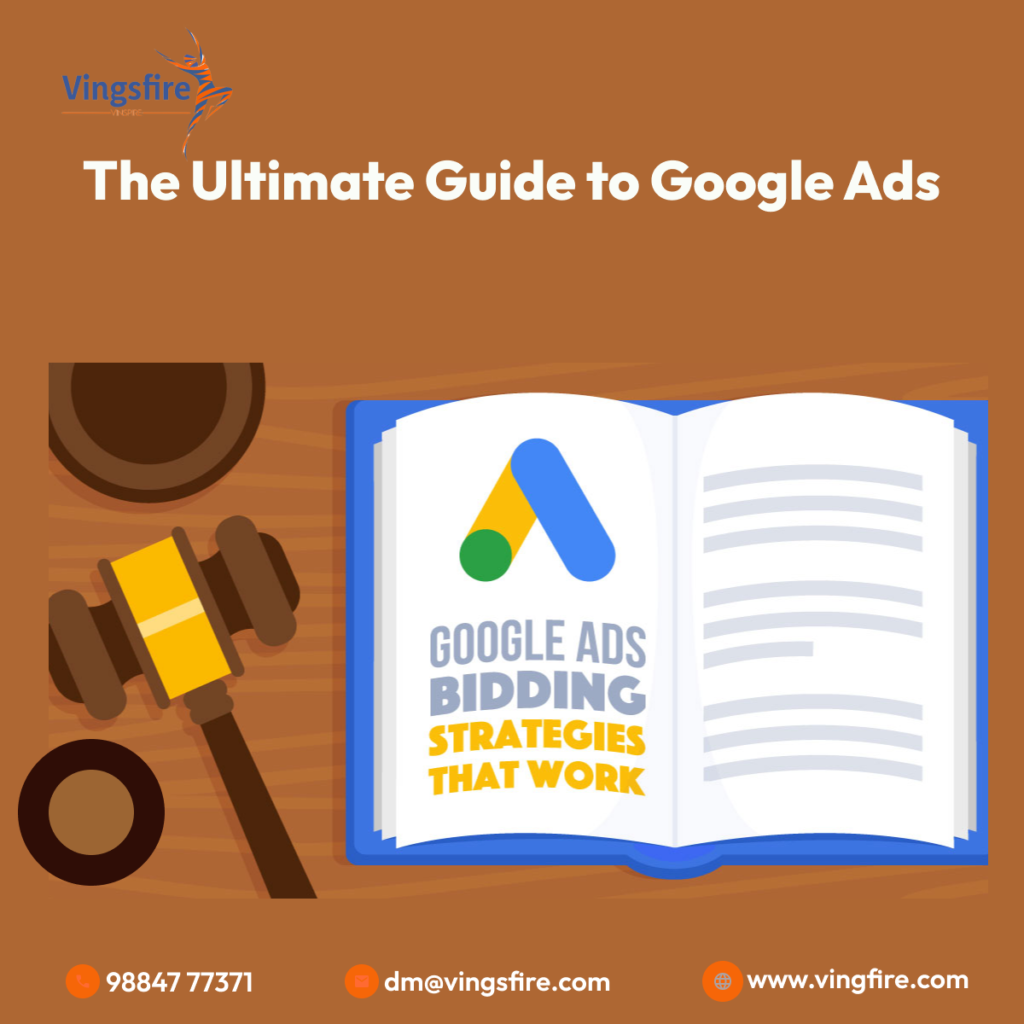
Introduction:
Google AdWords, now known as Google Ads, is one of the most powerful advertising platforms available to businesses today. With its extensive reach, targeting capabilities, and measurable results, Google Ads offers a valuable opportunity to connect with potential customers and drive business growth. In this comprehensive guide, we’ll take you through everything you need to know to create successful Ad campaigns and achieve your advertising goals.
1. Understanding Google Ads:
Google Ads is an online advertising platform developed by Google that allows businesses to display ads on Google’s search engine results pages (SERPs), websites within the Google Display Network, and other partner websites and platforms. Google Ads operates on a pay-per-click (PPC) model, where advertisers bid on keywords and pay for each click on their ads.
2. Setting Up Your Google Ads Account:
To get started with Google Ads, you’ll need to create an account on the Google Ads platform. Visit the Google Ads website and sign in with your Google account or create a new one if you don’t have one already. You’ll also need to choose your target audience, set your budget and bidding strategy, and create your first ad campaign.
3. Keyword Research:
Keyword research is a crucial step in creating successful Google Ads campaigns. Start by brainstorming a list of relevant keywords and phrases that potential customers might use when searching for your products or services. Focus on selecting keywords with high search volume, low competition, and strong commercial intent to maximize the effectiveness of your ads.
4. Creating Compelling Ad Copy:
The success of your Google Ad campaign hinges on the quality of your ad copy. Keep your ad copy concise, clear, and relevant to the user’s search query, and include a compelling call-to-action (CTA) to prompt users to take the desired action, whether it’s making a purchase, signing up for a newsletter, or contacting your business.
5. Ad Extensions:
Ad extensions are additional pieces of information that can be added to your Google Ads to provide more context and encourage user engagement. Ad extensions not only improve ad visibility and click-through rates but also provide valuable information to potential customers, helping them make informed decisions about your products or services.
6. Targeting and Audience Segmentation:
Effective targeting is essential for reaching the right audience with your Ads campaigns. Use Google Ads’ targeting options to define your audience based on factors such as demographics, interests, behavior, and geographic location. By refining your targeting parameters and focusing on relevant audience segments, you can improve ad relevance and engagement while minimising wasted ad spend on irrelevant clicks.
7. Bidding Strategy and Budget Management:
Your bidding strategy and budget allocation play a significant role in the success of your Google Ad campaigns. Choose a bidding strategy that aligns with your campaign goals, whether it’s maximizing clicks, maximizing conversions, or achieving a target return on ad spend (ROAS). Consider experimenting with different bidding strategies and budget levels to optimize campaign performance over time.
8.Tracking and Measurement:
Tracking and measurement are essential components of any successful Ad campaign. Use conversion tracking to monitor and measure the effectiveness of your ads in driving desired actions, such as website visits, form submissions, or purchases. Analyze key performance metrics such as click-through rate (CTR), conversion rate, cost per click (CPC), and return on ad spend (ROAS) to evaluate the performance of your campaigns and identify areas for improvement.
9. Optimization and Testing:
Continuous optimization and testing are critical for maximizing the effectiveness of your Google Ad campaigns. Monitor campaign performance regularly and make data-driven adjustments to your targeting, bidding strategy, ad copy, and landing pages to improve results. Experiment with ad formats, ad placements, and audience segments to find the optimal combination that delivers the highest ROI for your business.
10. Staying Updated with Best Practices:
The landscape of digital advertising is constantly evolving, with new trends, technologies, and best practices emerging regularly. Join online communities, attend industry events, and engage with other digital marketers to share insights, learn from others’ experiences, and stay informed about the latest trends and strategies in Google Ads advertising.
Conclusion:
Google Ad offers businesses a powerful platform to reach potential customers, drive traffic to their websites, and grow their businesses online. By following the strategies and best practices outlined in this guide, you can create successful Ad campaigns that generate results and drive business growth. Whether you’re a beginner looking to get started with Google Ad or an experienced advertiser looking to optimize your campaigns, mastering Google Ads is essential for unlocking the full potential of online advertising and achieving your marketing objectives.
